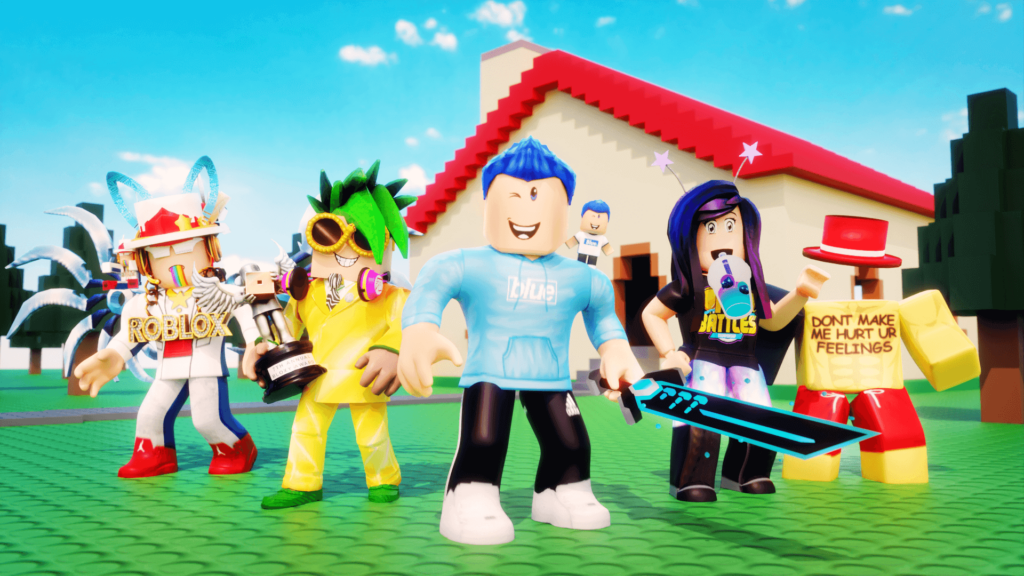We all know video games are a form of entertainment that has grown exponentially in popularity over the past few decades. But many people don’t realize that video games are also a form of intense storytelling as it’s one of the most important tools in a video game developer’s toolbox.
These scenes can introduce new characters, advance the story, evoke powerful emotions and create a connection between the player and the game. And with the rapid growth of technology, the possibilities for video game cutscenes are endless.
So if you’re new to the video game world, or you’re just curious about what video game cutscenes are about, this is everything you need to know about video game cutscenes.
What Are Video Game Cutscenes?
Cutscenes are cinematic sequences that are used to further the story or provide additional information about the game world by suspending regular gameplay.
They are usually non-interactive and play out like a movie scene, but there are some exceptions that we’ll explore further.
Cutscenes can be used to set the scene and provide exposition, move the story along, or create powerful emotional moments. Additionally, cutscenes provide information about the game world that would be difficult to convey through gameplay alone. It is a narrative device that video game developers have at their disposal to create a truly immersive experience.
For example, a cutscene might show a character’s backstory or a location that the player will never visit in the game.
Types of Cutscenes
There are five different types of cutscenes with unique characteristics and benefits. These include:
- Pre-Rendered Cutscenes: Pre-rendered cutscenes are computer-generated sequences and can utilize different techniques such as CGI and cel animation and are presented in full motion video. However, these scenes are not rendered in real-time like the rest of the game. This type of cutscene usually has better visual quality than other types because it’s not constrained by the hardware limitations of the console or PC. Pre-rendered cutscenes can be found in video games across all genres, but they are most common in role-playing games and first-person shooters. One of the most famous examples of a pre-rendered cutscene is the opening sequence from the original Metal Gear Solid game, which was created by Hideo Kojima. This cutscene is now considered a work of art and is often cited as one of the best video game openings of all time.
- Live-Action Cutscenes: Live-action cutscenes are filmed sequences that feature real actors and actresses. This type of cutscene has become increasingly popular in recent years, especially with the release of games like Devil May Cry 5. Live-action cutscenes can be used to create a sense of realism and help the player feel more connected to the game’s characters. Additionally, they can be used to add levity and lighthearted moments as emotions are effectively conveyed through facial expressions and body language. However, live-action cutscenes can be costly to produce and require a lot of coordination between the video game developers and the film crew. As a result, they are not as common as other types of cutscenes.
- Mixed-Media CutScenes: Mixed media cutscenes are a combination of pre-rendered and real-time sequences. This type of cutscene is becoming more popular as video game technology advances. Mixed media cutscenes offer the best of both worlds, allowing developers to create highly realistic and emotionally charged scenes without breaking the bank. For example, Final Fantasy VII features mostly real-time cutscenes, however, several scenes are a mixture of real-time cutscenes and pre-rendered videos.
- Real-Time Rendered CutScenes: Real-time rendered cutscenes are computer-generated sequences that are rendered immediately. Like pre-rendered cutscenes, it uses the same game engine used to create the graphics. The main difference is that real-time rendered cutscenes are created on the fly, which means they can be tailored specifically for each player. This type of cutscene is popular in video games that feature customization or character choice. One of the most famous examples of a real-time rendered cutscene is seen throughout Halo: Reach.
- Interactive CutScenes: With interactive cutscenes, the player is allowed to use the prompts offered on-screen to make choices that affect the outcome of the scene. This type of cutscene is also utilized often as video game developers strive to create more immersive experiences. One of the most famous examples of an interactive cutscene is in The Last Of Us: Part II. In this scene, the player must choose whether to shoot or spare an enemy. This type of cutscene can be used to create a sense of tension and suspense, as well as to give the player a greater sense of control over the game.
First Cutscene in a video game
Over the years, cutscenes have evolved from a simple slideshow in The Sumerian Game (1966) to the highly cinematic and realistic sequences that we see today.
The first video game cutscene was in the 1966 video game The Sumerian Game, which featured a series of still images that told the story of two ancient civilizations fighting for control of Mesopotamia. However, Donkey Kong (1981) was more well-known as it features a complete cutscene that not only engaged the player but also advanced the story.
Since then, video game developers have continued to push the envelope, using cutscenes to create unforgettable gaming experiences.
HOW TO USE CUTSCENES TO CONNECT
While video game cutscenes can be used to simply tell a story, they can also be used to connect with the player on a deeper level.
Cutscenes are often used to establish character relationships, motivations, and backstories. They can also be used to showcase the game’s world and lore.
When used effectively, cutscenes can create an emotional connection between the player and the game that goes beyond simply completing objectives.
length of cutscene
While the Guinness World Record for the longest cutscene in a video game is awarded to Metal Gear Solid 4 for featuring an incredible 71 minutes of uninterrupted cutscenes, there is no hard and fast rule for how long a video game cutscene should be. Most cutscenes range from a few seconds to several minutes.
The length of a cutscene should be dictated by its purpose. If the cutscene is simply meant to advance the story, then it should be as long as it needs to be to achieve that goal.
Likewise, if the cutscene is meant to establish character relationships or showcase the game’s world, then it should be long enough to give the player a meaningful experience.
Barrier Four Can Help You Create Video Content That Tells A Story And Connect With Your Players
Video game cutscenes have come a long way since the early days of gaming. They are now an integral part of creating a memorable gaming experience, capable of enhancing immersion, telling stories, and evoking emotions. With all that they have to offer, it’s no wonder that developers continue to find new and innovative ways to use them.
Despite this, creating high-quality videos and cutscenes can be expensive and time-consuming.
Thankfully, at Barrier Four, we specialize in creating in-engine cinematography and video trailers for video games. We can help you create the video content you need to bring your creative vision to life.


